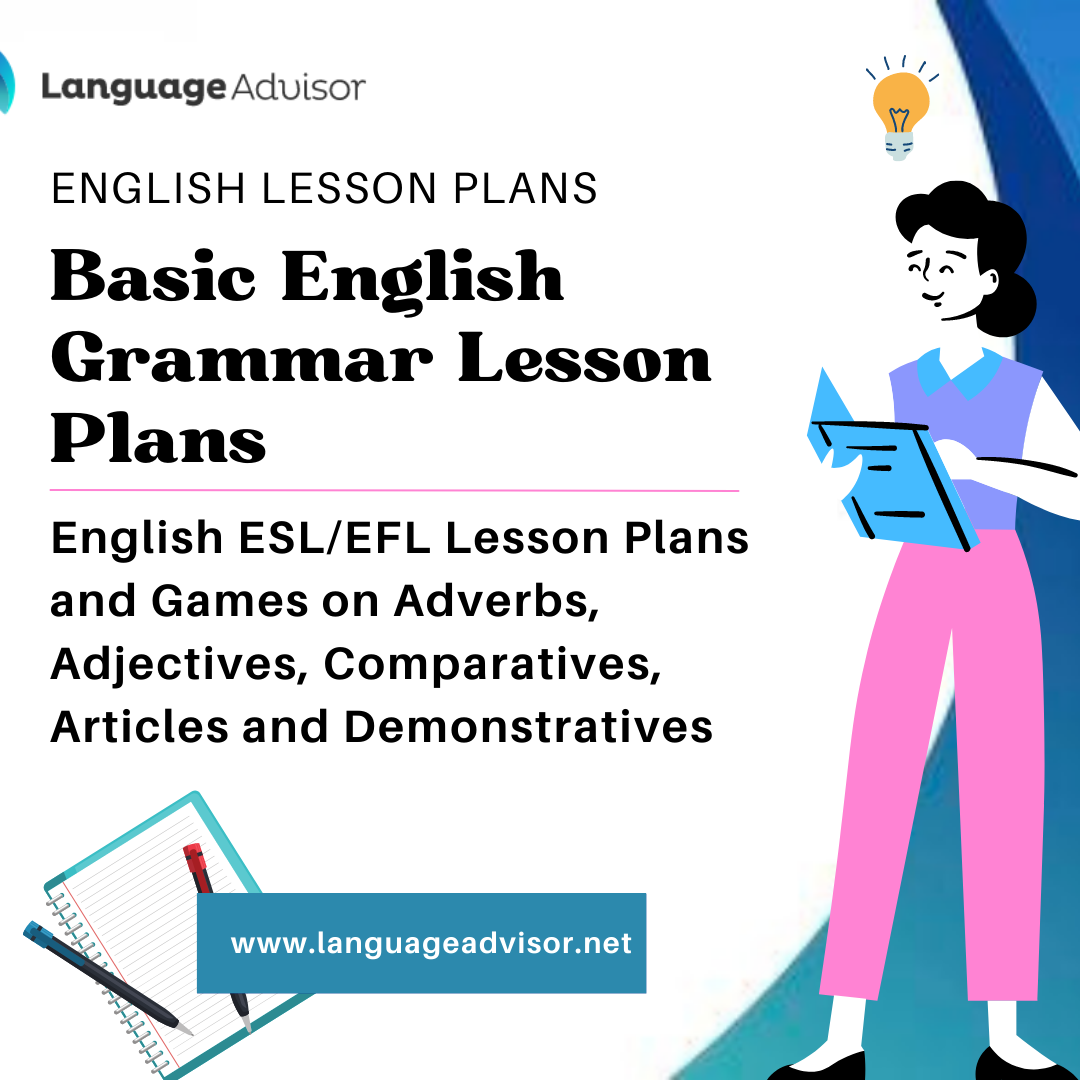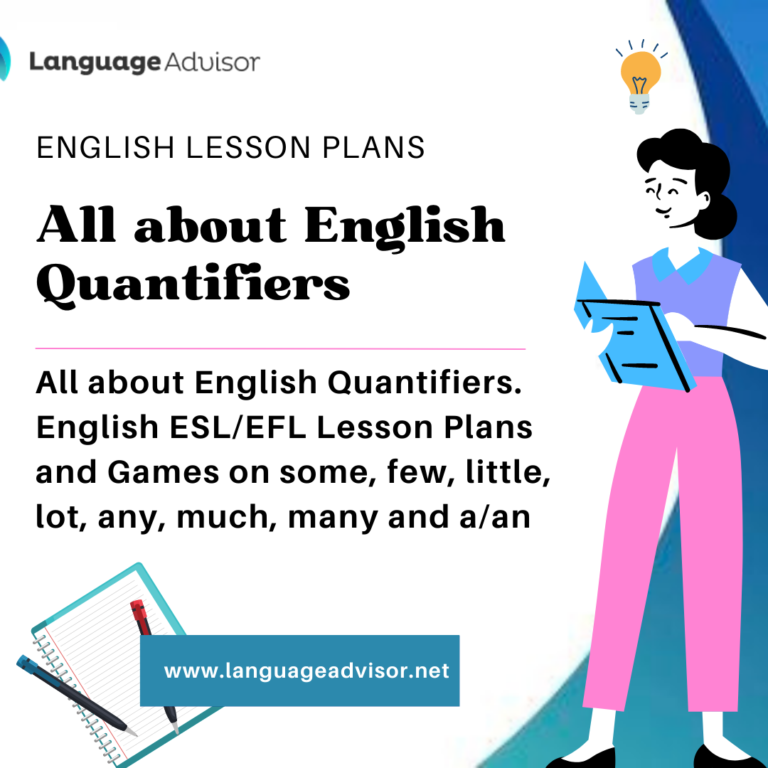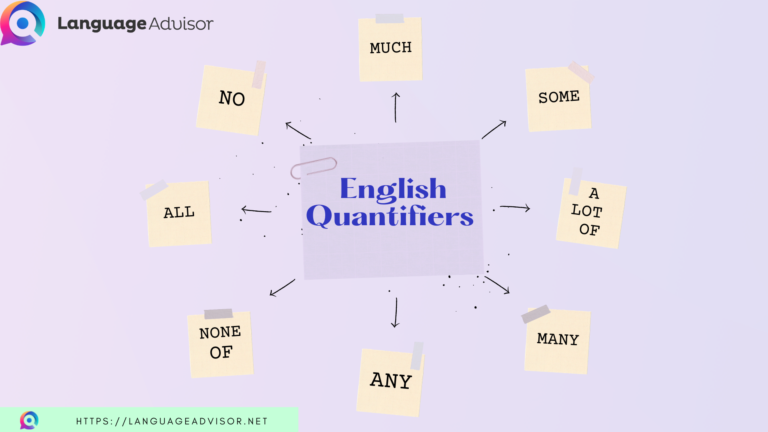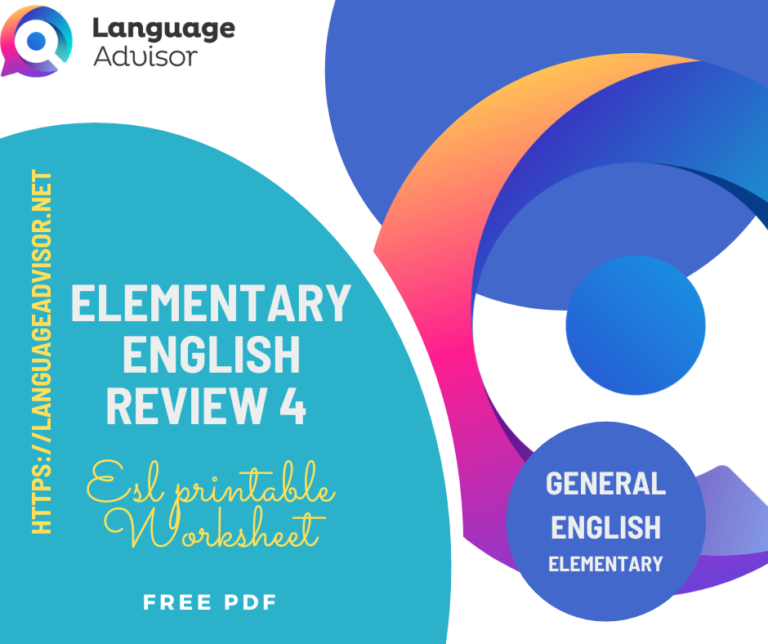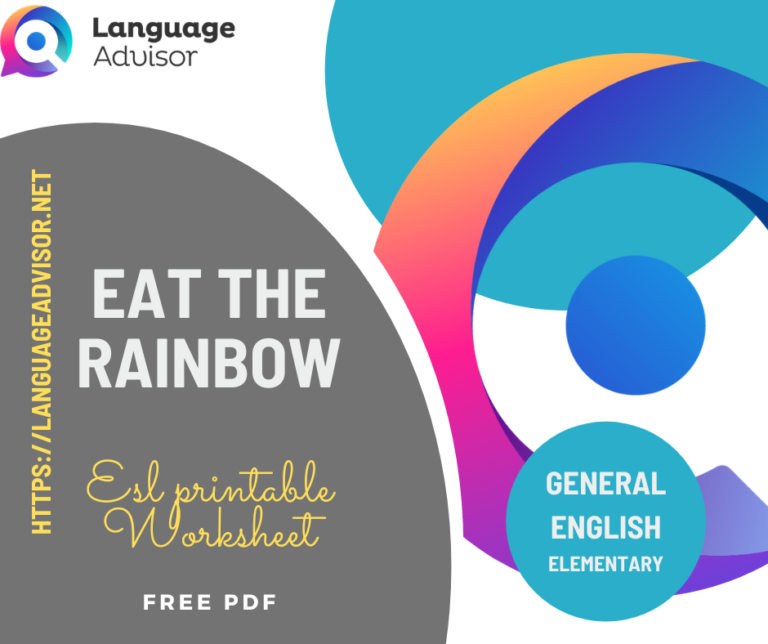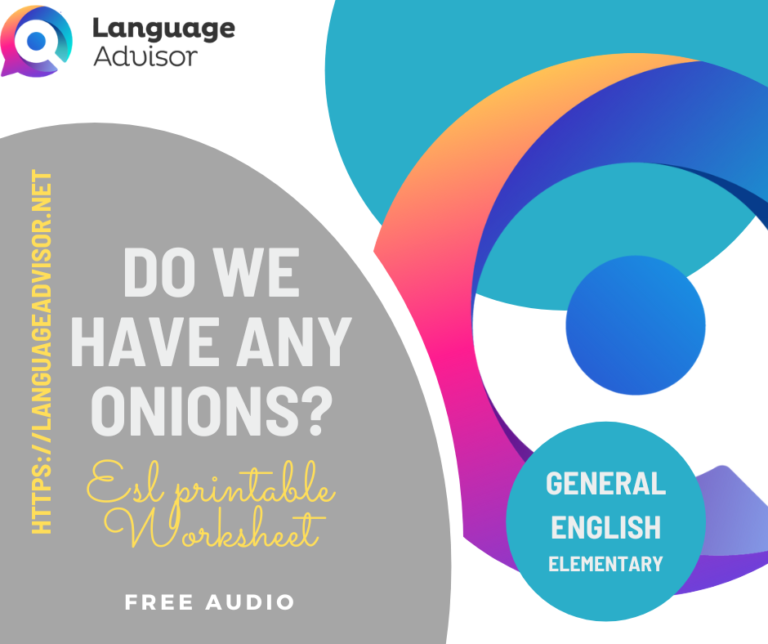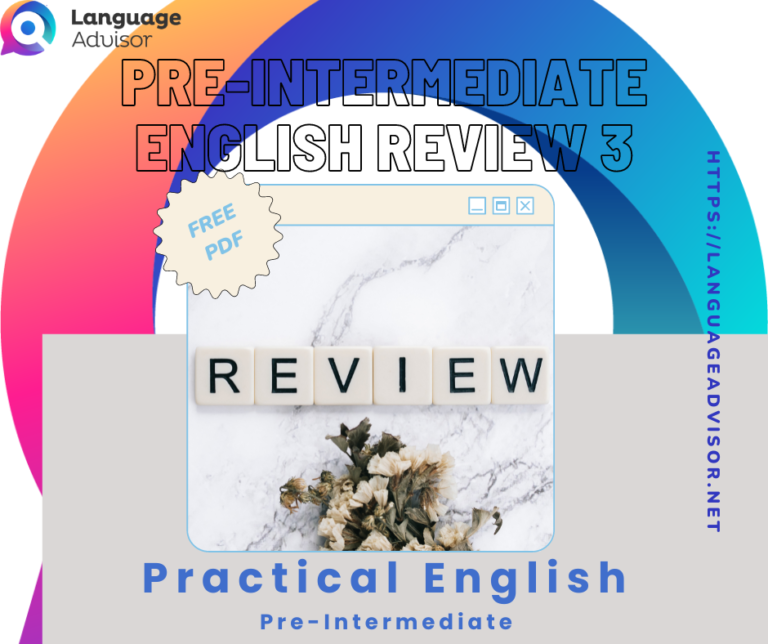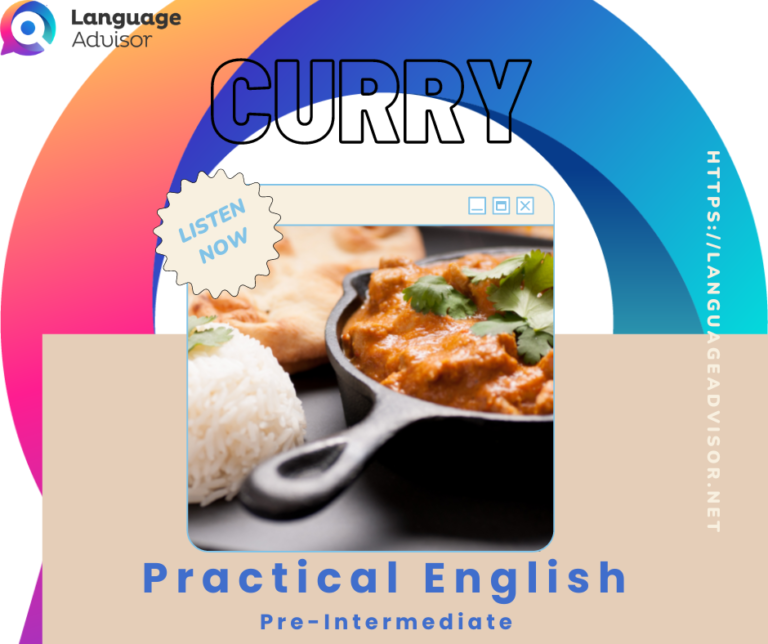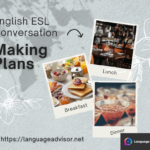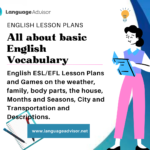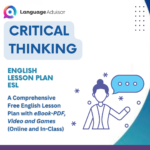Basic English Grammar Lesson Plans. English ESL/EFL Lesson Plans and Games on Adverbs, Adjectives, Comparatives, Articles and Demonstratives
Basic English Grammar Lesson Plans

Lesson plans
Here you can find a wide range of full lesson plans to use in your classroom.
All of our lessons are designed around themes engaging and relevant to English ESL-EFL learners and can be used to complement your school curriculum, giving students an opportunity to develop their English language and skills in motivating and enjoyable ways.
These lesson plans focus on classroom games and activities oriented around meaningful practice of grammar items in English. The vast majority of the activities have been designed to be simple and easy to apply, without requiring much in the way of additional resources or materials. Wherever possible, games have been presented in a way that makes full use of any natural or genuine communicative aspects embodied in the grammar constructions, though while there is emphasis on understanding the grammar and its functional and communicative aspects, most of the games also highlight the importance of using the grammar accurately.
These lesson plans are intended as a starting point for teachers to adapt and build their own stock of in-class games and activities that can be applied relatively quickly and easily.





Basic English Grammar Lesson Plans
Basic English Grammar Lesson Plans. Here are nine lesson plans on basic English grammar
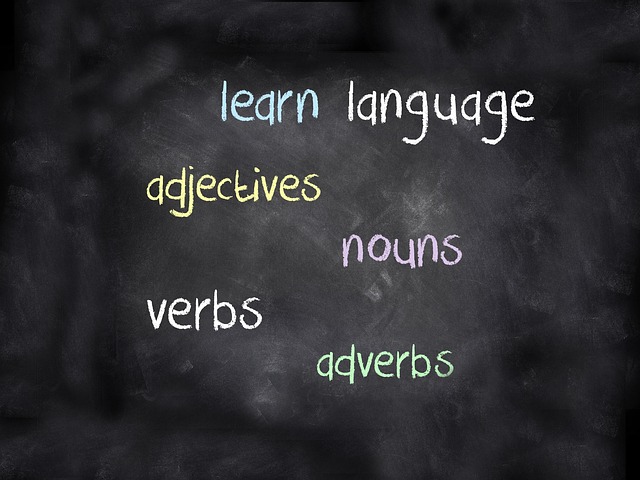

Adjectives
Objectives:
Describing Nouns in context
Presentation/Practice:
For this rotation game, one student thinks of or identifies a noun either in the immediate environment or in some other place (perhaps a specific place cued by the teacher).
The following student then attempts to describe the noun by inserting an appropriate adjective.
For example:
Teacher: This is a school.
Student 1: This is a big school.
Student 2: That is a pencil.
Student 3: That is a red pencil.
Student 4: These are pants.
Student 5: Those are blue pants.
Student 6: That is a window.
Student 7: That is a tall window.
This game is good for describing nouns appropriate for a given
context and adjectives that accurately describe them, but it also allows for other grammar elements to be incorporated, for example demonstratives, articles and plural markers.





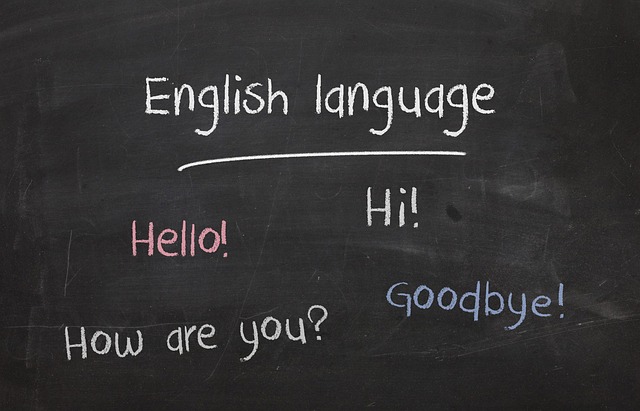

Adjectives 2
Objective:
Appropriate nouns for adjectives
Presentation/Practice:
This game is similar to the previous game, except the adjective is named first rather than the noun, creating a challenge of locating appropriate nouns that could feasibly combine with the specified adjective. This is a little decontextualized and may require students’ to draw on general/world knowledge.
For example:
Teacher: Wonderful.
Student 1: It’s a wonderful game.
Student 2: Beautiful.
Student 3: She’s a beautiful girl.
Student 4: Tall.
Student 5: He’s a tall basketball player.
Student 6: Ugly.
Student 7: It’s an ugly monster.
It may be a good idea not to be too fussy about these adjective-noun combinations, as appropriateness can be somewhat subjective and it is important to let the students be creative with the language when they have the urge to do so.







Imagine
Objective:
Adjectives for riddle clues
Presentation/Practice:
Students think of an animal, object or person. Each student then gives clues to a partner using adjectives and counting how many clues the partner needs to guess the answer (in
this game, the less tries the better, as it indicates that adjectives selected for clues were helpful and accurate).
Try to ensure that students provide at least two but no more than
three adjectives in the clues to make them more helpful.
For example:
Student A: It’s small and cute.
Student B: Is it a puppy?
Student A: No. It’s furry and soft.
Student B: Is it a kitten?
Student A: Yes, it is.
This game can be scaffolded by making a vocabulary list on the whiteboard first or having students work from flashcards depicting the objects, people or animals.







Adverbs: Manner
Objective:
Describing verbs in terms of “manner”
Presentation/Practice:
The teacher writes a list of verbs for everyday actions on one side of the board and a list of adverbs of manner (generally how an action is done) on the other. The teacher then starts a memory-rotation sequence in the following way:
Teacher: I write messily.
Student 1: I write messily and I speak loudly.
Student 2: I write messily, speak loudly and dance badly.
Student 3: I write messily, speak loudly, dance badly and sing beautifully.
Student 4: I write messily, speak loudly, dance badly, sing beautifully and run fast.
The game can be made more difficult by requiring students to use pronouns for actions of other students in the class, or by removing either all the verbs or all the adverbs from the lists on the board.







Adverbs: Frequency
Objective:
Describing verbs in terms of “how often”?
Presentation/Practice:
The teacher brainstorms a series of basic actions with the students and writes them on the board (for example, “go to school”, “brush my teeth”, “read a book”, “do homework”, etc), ensuring that there is a good range in terms of how often some of them would occur in
the students’ lives.
Some comical additions such as “dance with a gorilla” or “kiss an
elephant’s foot” could also help to make the activity more fun once it gets started. When a fair list of actions has been completed, the teacher asks one student how often they do this action and the other students then indicate if they do that action as frequently as the first student.
For example:
Teacher: How often do you go to the library, Charlie?
Student 1: I sometimes go to the library.
Student 2: I sometimes go to the library, too.
Student 3: I often go to the library.
Student 4: I never go to the library.
The game can do several rotations, using a different action each time and starting with a different student each time. If students are still not all that familiar with the various frequency adverbs, the teacher could draw a chart or graph on the whiteboard to illustrate comparisons between always, usually, often, sometimes, rarely, never.





Basic English Grammar Lesson Plans


Articles: a / an
Objective:
Basic application – identifying nouns
Presentation/Practice:
Ask students to imagine they are in someone’s house (it could be anyone’s house: the teacher’s, one of the student’s, the house of a famous person well known to the students,
etc).
Ask the students what they can see, allowing them to identify anything they like.
Here is an example of how the game can be run:
Student 1: In Mike’s house I can see a table.
Student 2: In Mike’s house I can see a table and an apple.
Student 3: In Mike’s house I can see a table, an apple and a spoon.
Student 4: In Mike’s house I can see a table, an apple, a spoon and an umbrella.
To stay in the game, students need to remember what has been identified by previous students and use the correct indefinite article for each noun mentioned.







Articles: a(n)/the/zero
Objective:
Specific application for different articles
Presentation:
This game is called “talented animals” and is designed to help students apply a range of articles correctly to specific common lexical categories.
Students are going to create their own “talented” animals that can play a musical instrument and play a kind of sport. These categories open the way for application of the indefinite (a/an) article, the definite (the) article, and the zero article.
Practice:
The activity begins with the teacher ruling off three columns
on the whiteboard. In the first column, the class brainstorms a list of animals. In the second column they choose a list of musical instruments. In the third column the class selects a variety of different sports.
Once these three lists have been filled out, the teacher indicates that the first column with require “a” or “an” (it is assumed students will
already have been exposed to the basic consonant/vowel rule that dictates which of these two forms are to be applied), the second column requires “the” and the third column requires nothing (i.e., neither “a/an” or “the”.
Students then set out to create their “talented animals”, which they describe for the class:
Student 1: My talented animal is a tiger. It can play the guitar and it can play soccer.
Student 2: My talented animal is a lizard. It can play the trumpet and it can play basketball.
Student 3: My talented animal is an elephant. It can play the violin and it can play baseball.
Student 4: My talented animal is an ant. It can play the drums and it can play badminton.
Once students become accustomed to this pattern, other descriptive categories can be added which also apply articles in regular and specific ways.
For example, the students can be required to indicate how often the animals practice their instruments and sports (requiring an indefinite article, as in “twice a week” or “five times a day”), what countries
the animals come from (requiring a zero article except in cases such as “The United States”), what time they eat breakfast, lunch and dinner (zero article), and what school subjects they are good at (also zero article)







Demonstratives
Objective:
This/these and that/those for ‘close’ or ‘far’
Presentation/Practice:
One student is asked to pretend he/she is an alien from another planet who knows nothing about even simple things on Earth.
The student’s task is to walk around the class asking other students questions about items or people, for example:
Student 1: What’s this? [pointing]
Student 2: It’s a chair.
Student 1: What are these? [pointing]
Student 3: They’re pencils.
Student 1: What’s that? [pointing away across room]
Student 4: It’s a door.
Student 1: What are those? [pointing at pictures on the wall]
Student 5: They are pictures.
To ensure targeted practice, the teacher may like to explain that in this alien language, questions need to be asked in a ‘this -these, that – those’ sequence.
After a student has asked four questions in this manner, you can say that the ‘alien’ is returned to the mother spacecraft to rest, and another alien is chosen to ask new questions.
As the activity is happening, the teacher could listen and write down information that was conveyed by ‘alien’ and ‘earthling’ using correct structure, ignoring the information that was not. In this way, the teacher can allocate class points for the activity and present a list of all the information that was accurately conveyed.







Grades of Comparison of Adjectives
Objective:
Students will be able to compare and contrast things accurately using
grades of comparison
Presentation:
– Review adjectives.
They are words that describe nouns or pronouns.
– Explain that a comparison is done between two entities and then give examples.
Ex. He is short.
She is short.
But, he is shorter than she.
–
Note: make sure they know the meanings of all the above words before
moving on.
–
Note: it might be helpful to demonstrate the meanings of these words
(and how the patterns work) by drawing pictures on the board.
Practice:
– Have the students practice using the family vocabulary they just used and their own families. Give an example on the board.
Homework: Have the students finish the above “practice” task at home if they have not already completed it.





Basic English Grammar Lesson Plans
Also Check out these resources on basic English Grammar






